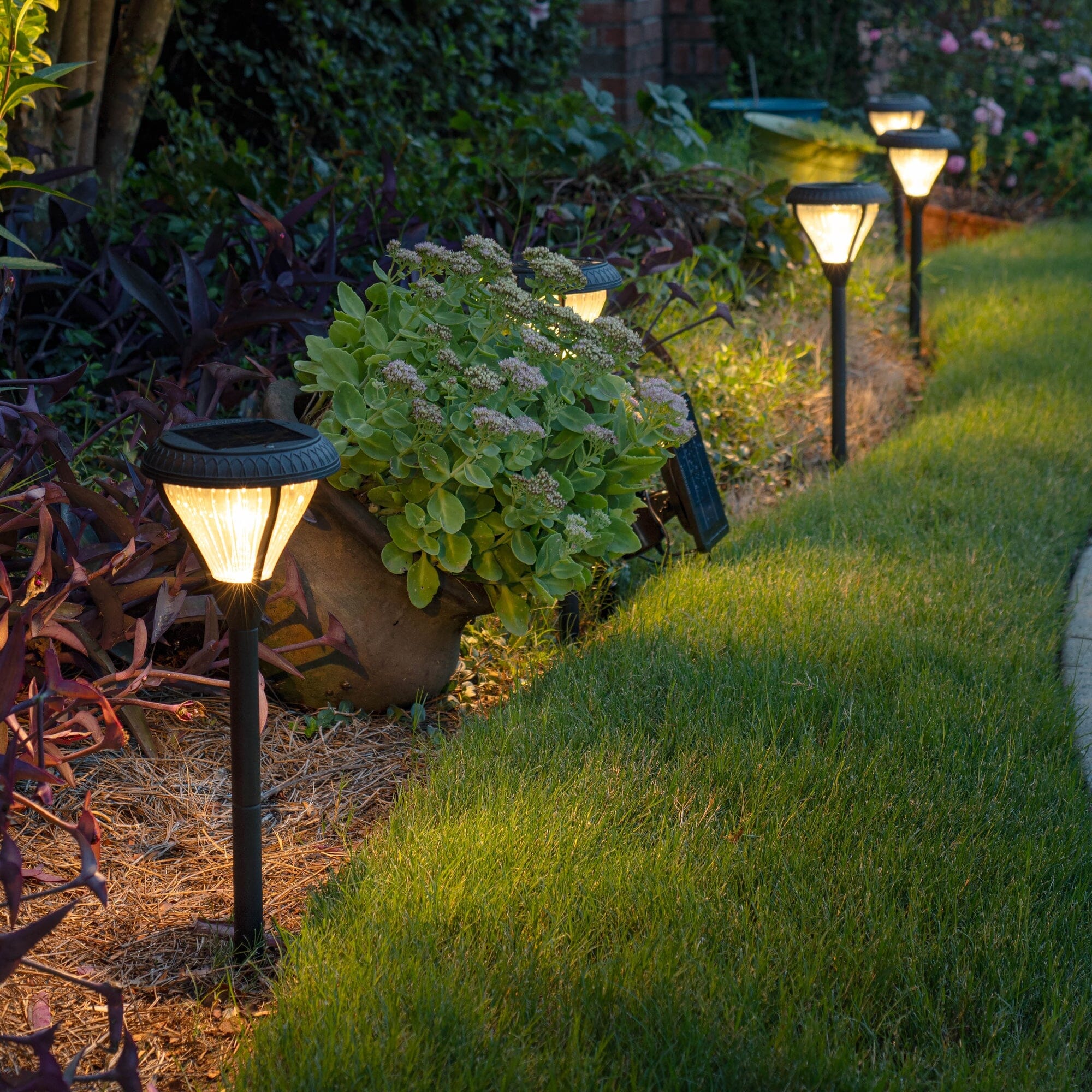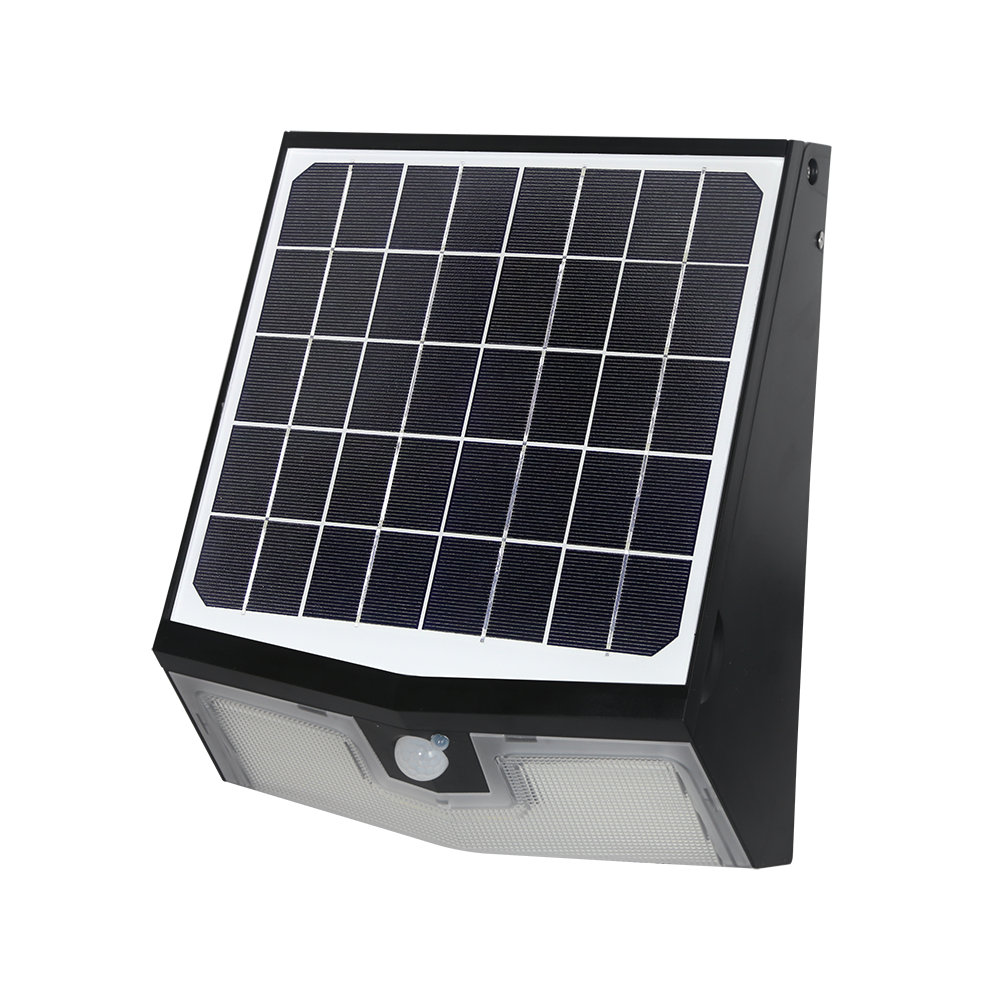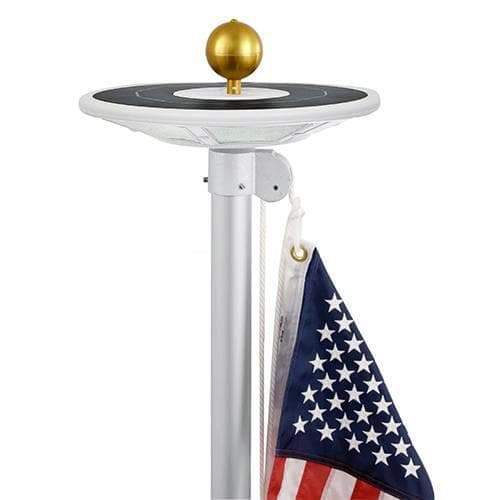The Essential Guide to Buying Solar Garden Lights
 Have you ever seen an architectural or home magazine cover spread? Those beautiful homes staunch and majestic in the background. The foreground laden with immaculate landscaping.
Have you ever seen an architectural or home magazine cover spread? Those beautiful homes staunch and majestic in the background. The foreground laden with immaculate landscaping.
The late evening shots are always the best with a soft glow covering everything and lights twinkling all about. To get that same feel in your own home, nothing beats solar garden lights. The soft glow, the energy efficiency, the lack of worry about damage to plants and structures.
The solar industry continues to grow and is projected to be worth 422 billion by 2022. Solar provides an excellent exchange of energy for the price (and getting better constantly). It also creates worry free landscape lighting.
Read on to learn what these lights provide and how to chose the best solutions for your home and garden needs.
Solar Garden Lights Features
Essentially, outdoor solar powered lights have a few core components and a lot of variety in presentation.
How do solar lights work? Well, a solar light needs to have:
- a photovoltaic cell
- a battery (usually)
- a light projector (LED most often)
- a mounting (a way of fixing the unit in place)
You may know photovoltaic cell by the typical name of 'solar panel' but there is a bit more to it. A solar panel incorporates the light gathering mechanism of the photovoltaic with a protective screen. It also covers the circuitry which converts the heat energy into electrical energy.
The battery stores this energy for use when the light is active. Most lights use an automatic on/off which activates according to external light conditions. This allows the light to power on when needed and off when it is not needed.
Typically, batteries can be expected to last between 4-6 hours at full intensity and 6-10 at low intensity. For optimal performance, a solar collector needs 8 hours of peak sunlight to fully charge a battery. Batteries also work best when they discharge and recharge regularly.
To get the most out of a solar cell, lamps need to be free of shade and able to get direct light. For this reason, lights that sit closer to the ground may run into issues with shadows from trees, the house, or even garden foliage. Wiring higher placed solar cells to the lower cells can distribute power while still minimizing wiring.
The light projector normally uses one or more LEDs though you can sometimes find sodium lamps or halogen bulbs that are solar powered. LED provide excellent light to power ratios and can also be configured easily in various colors.
On the subject of color, though LEDs can come in a variety of colors which can create amazing lighting effects for signage or computer rigs, for an outdoor light it is easier to use bright white LEDs and then a filter to craft the color. This provides a combination of colorful illumination and a fixture which has a pleasing visage in the sunshine hours as well.
Another reason to use the same white for bulbs relates to temperature. Different LED colors require different amounts of power and produce different amounts of heat. Keeping all the bulbs the same also ensures a straightforward longevity to a unit.
Finally, the mounting of the unit comes into play. For garden use, people often rely on stakes which can be pushed into the ground in any arrangement. For more permanent decor, remove the stake and attach the units to stems.
For walls or fences, some lights have flat backs meant to be bracketed or slotted onto more sheer surfaces. Other lights are attached via a string placed above an area via hooks or similar anchoring.
Optional wiring into larger areas exists for some products outright. For others, you will need the help of skilled installers or elctricitsn. Most installation of solar garden lights can be done yourself.
Solar Garden Light Options
Now that you have the basics on how solar lights work, you can select options. Aside from the differences in bulbs and mounting, as mentioned above, there is also intensity (represented in lumens) and longevity of the light.
Brighter lights will take more power. Many lights have a high and low setting to meter power usage. Unfortunately, the high and low settings must be changed manually.
As demand for smarter lights grows, options for lights that stay bright for a few hours and then dim to lower settings are inevitable. For now, the best way to illuminate a garden path for visibility comes down to using a variety of lights.
Colors and patterns allow for interesting illumination. You can read more about a variety of decorative solar lighting options.
For the brightest solar path lights, consider the power of directed spotlight style units. These direct the light with conical fixtures to provide specific light. Close to the ground units with a single bulb project light directly into the pathway and cascade less light into other places.
For more of a decorative feel, choose string lights and imitation lamp posts. These bright outdoor solar lights rise above some of the vegetation so they get a better charge.
The light produced by these units is obviously more diffuse. This provides a pleasing 'glow' instead of direct illumination. With delicate plants that line a garden path, overhead diffuse lighting avoids the risk of burning. This while still providing adequate aid for walking or working.
Bright LEDs adjacent to leafy plants can cause bleaching and curling. You need to decide between maximum visibility and practicality in some cases. However, with the variety of lights on the market, this isn't a large concern.
String lights make good choices for heavily shaded garden areas. String lights use solar collectors at the anchor points which allows you to avoid shade whether it comes from trees or a large overhang. String lights also provide an excellent way to wire a roof-based solar array into the garden.
Stay Illuminated
Your power bills will reflect the difference solar garden lights make immediately. The many options they provide can add a bit of extra ingenuity and thoughtscaping to your outdoor areas. Consider some DIY ideas for dressing up a garden or yard.






















